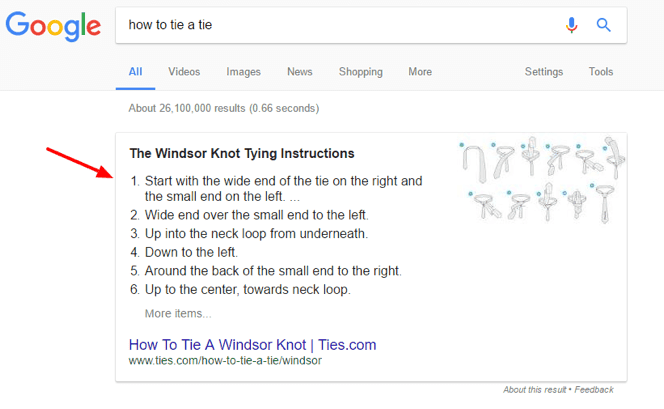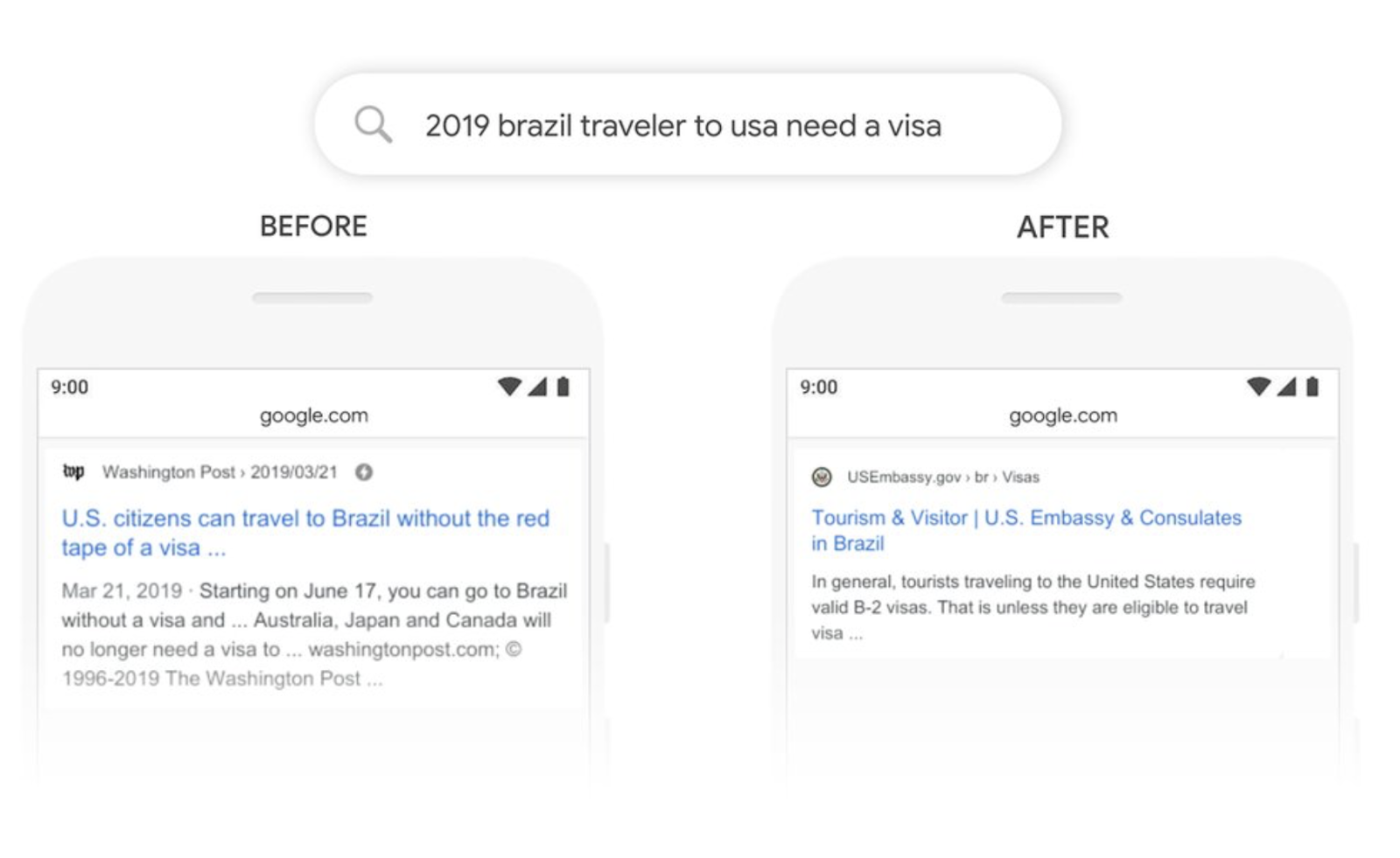The world of search engine optimization has gone through several big and small changes in the last decade. In 2020, SEO is substantially different than what it was at the beginning of the previous decade.
These changes came in the form of algorithm updates, a quest to improve the user experience, and the use of new technology and techniques, such as AI, natural language processing, and machine learning.
For SEO professionals, it is important to be aware of these changes. Not only that, but SEOs must also know ways to adapt as per these changes in the SEO world and tackle the challenges accordingly.
In this blog post, we are going to highlight four big recent changes in the SEO world, how they have affected the search engine optimization world, and what SEO professionals can and should do about them to give their websites the best possible chance of the highest search engine rankings.
Let’s begin.
1. The rise of mobile SEO
Mobile SEO has been on the rise for the last few years. With the exponential growth of smartphones and tablets, we have seen a significant increase in mobile traffic across almost all industries.
According to data, over 50 percent of internet traffic now comes from mobile devices. As mobile traffic surpassed desktop traffic, Google shifted its focus to a mobile-first experience. The introduction of the mobile-first index was a huge step in that direction. A mobile-first index means that the mobile version of your website becomes the first point for what Google indexes, and Google treats that as the baseline for determining search engine rankings.
What if you don’t have a mobile-friendly version of your site?
In that case, your desktop site can be included in the index, but a lack of a mobile-friendly version will likely have a huge negative impact on the search engine rankings.
What can you do about mobile SEO?
You can take the following steps:
- Create a responsive, mobile-friendly website that looks and functions great on all screen sizes.
- Design your website for mobile devices first. Make sure that the customer journey and navigation experiences are user-friendly on smaller screens.
- Pay special attention to the loading speed of the website. The loading speed is especially important for mobile users who are usually on the go.
- Use our website speed checker tool and Google PageSpeed Insights to identify and fix any potential issues.
2. Featured snippets
Featured snippets have changed the SEO game significantly by creating a “zero-click” environment in which online users do not always have to land on a web page to get the information they’re seeking.
This is how Google defines featured snippets.
“When a user asks a question in Google Search, we might show a search result in a special featured snippet block at the top of the search results pages. This featured snippet block includes a summary of the answer, extracted from a web page, plus a link to the page, the page title, and the URL.”
Here is an example of a featured snippet.
As you can see, the above description in the featured snippet does a fairly good job answering the query. In fact, a lot of searchers who just wanted to learn how to tie a Windsor Knot may not click the link and open the page. All the necessary information is available on the main search results page.
Although featured snippets are very user-friendly, they do pose a problem for webmasters and SEO professionals. Because users do not have to actually visit a web page to get the information, featured snippets may lead to a poor click-through rate and fewer traffic visits.
What can you do about featured snippets?
You can take the following steps to increase the chances of getting your web pages in the featured snippets.
- Add structured data and schema markup to your web pages.
- Create more Q&A type content that would have a better chance to get listed in the featured snippets.
- Create more how-to content.
- On your web pages, make sure to structure your content properly and divide it into appropriate heading tags.
3. Google BERT
Google BERT is one of the biggest changes in SEO recently. We believe that its full impact is yet to be experienced by content creators.
Google itself claimed that Google BERT is the “biggest leap forward in the past five years, and one of the biggest leaps forward in the history of search.”
This is how Google’s Product Manager, Duncan Osborne, explained BERT and its main functionality:
“People come to Search for all types of information to help them form a better understanding of the world and the topics they care about most. […] Now, we’re using the latest in machine learning to bring this approach to top stories in Google Search, making it easier for people to dive into the most useful, timely articles available.”
Here is how Google BERT has changed the search engine results by making Google smarter and better at understanding users’ queries.
At the moment, Google BERT is expected to affect 10 percent of global searches in the English language. That’s already a very significant impact.
What can you do about Google BERT?
- Understand that old SEO practices, such as keyword stuffing, keyword phrase matching, and maintaining a certain keyword density, won’t help you as much in the post-BERT era.
- Instead, you should invest your time and resources in understanding who your target audience is, how they search, and what their problems are.
- Focus on search intent instead of specific keywords.
- Create detailed, helpful, and relevant content that has genuine value for readers and answers all their questions.
For more information, read: Everything you need to know about Google BERT.
4. Voice Search
50 percent of all searches will be voice searches this year, a study reveals. By 2022, this figure is expected to be around 55 percent.
Due to the rise of smartphones, AI-powered mobile assistants and smart home speakers, voice search has increased significantly over the last few years.
Voice searches are slightly different than usual searches. There is a difference in how people type and how they talk. Online users are expected to use different words and types of sentences during voice search, which SEOs must take into account.
What can you do about voice search?
When 50 percent of online searches are occurring in a particular way, you need a strategy to accommodate them and to ensure you do not lose your market share in the SERPs.
Here are a few steps you can take:
- Learn as much as you can about your target audience, including the language and the words they normally use.
- Identify the trigger keywords that are mostly responsible for voice searches, e.g., how, what, best, etc.
- Provide concise answers to questions.
- Form potential queries into questions.
- To optimize your website for voice search, it is equally important that your website is mobile-friendly, secure, and loads quickly — especially for mobile users.
Conclusion
Search engine optimization or SEO is a dynamic field. It changes rapidly with algorithm updates and the introduction of new ideas and technology. It is crucial for SEO professionals to keep up with all the changes, so they are always a step ahead.
For more information, trends, and industry news, stay tuned.
